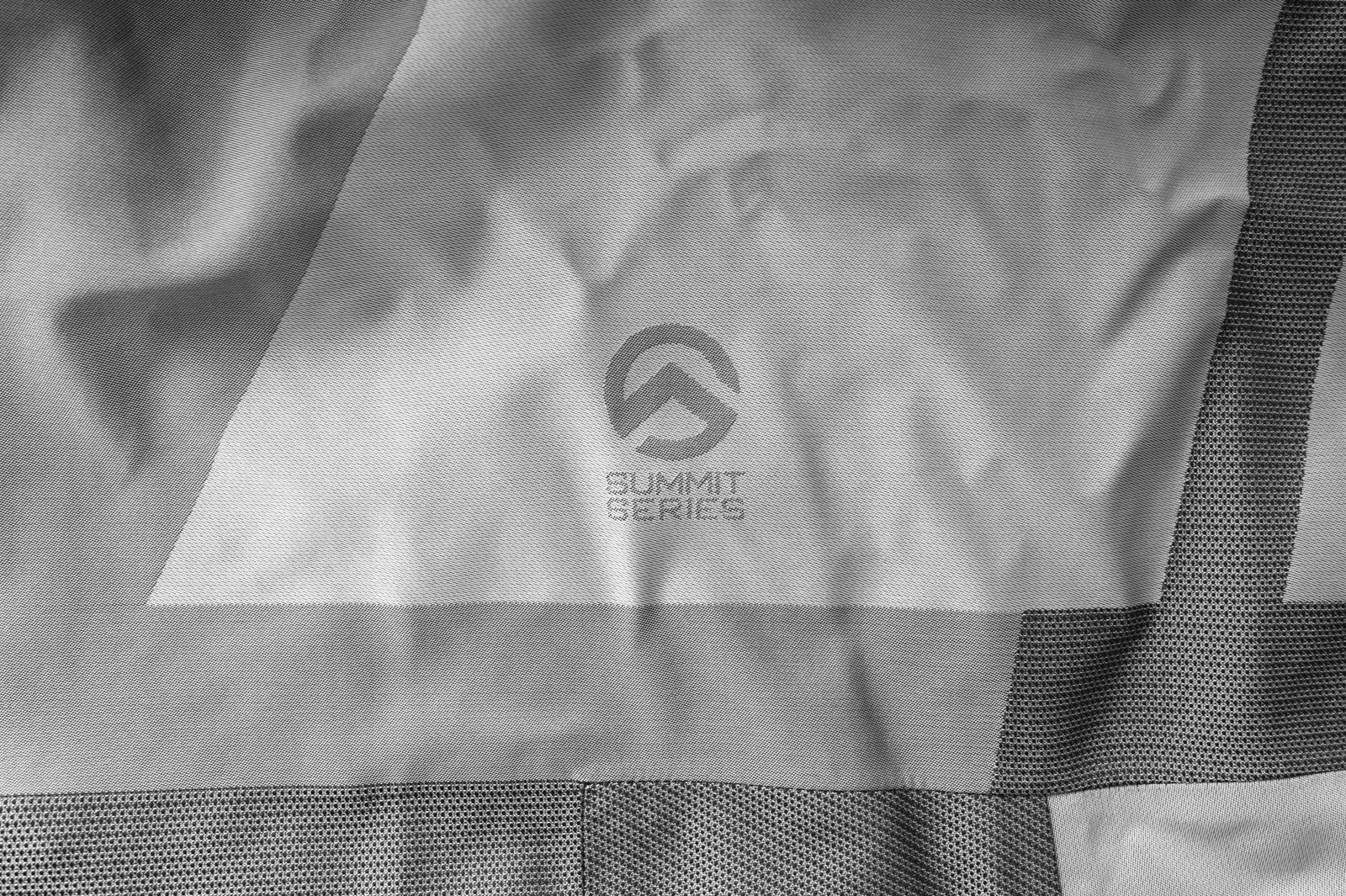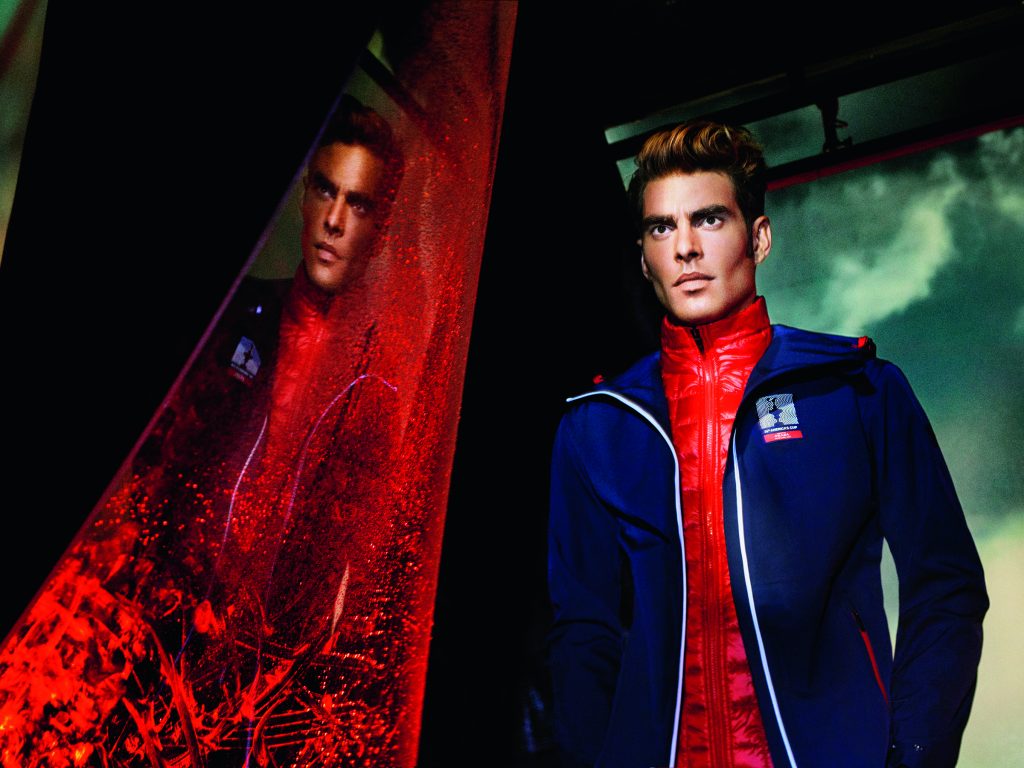The North Face Reboots Their High Performance Summit Series
Innovation returns to the outdoor apparel and equipment maker with an impressive six layer mountaineering system
In 2000, the R&D department of high performance outdoor brand The North Face launched their first ever Summit Series—pinnacle products engineered for extreme adventurers. Over time, the collection expanded and shifted; some might even say it became diluted. Then, one year ago, it was put on hiatus. Today the line is relaunched with a concentrated focus on technology and materials for a Summit Series focused on quality over quantity—8 pieces each for men and women crafted for layering to accommodate any cold weather situation (all visible in the slideshow above). And while built upon cutting edge innovations for mountaineers, all the pieces look refined and remarkable. This is a collection designed for climbers and mountaineers, field tested and ready to be worn in extreme conditions, but if you happen to wear it in the city you won’t look out of place.

Joe Vernachio, The North Face’s Vice President, Global Product for the last five years—whose job it is to oversee all product design, development and merchandising around the world—explained the relaunch motivation clearly to CH: “The original concept was to make a mountaineering Alpinist kit that met the needs of climbers who were pushing the limits. Over the proceeding 14 years the amount of product we made under that label continued to grow. It started to move down in price point and it ended up being a very large offering of product that was being used to help segment the market as opposed to meet climbers needs. So we just knew we need to reset ourselves.”

The brand spent two years developing their ideas into this current series. “We came out of the 2013 season and said not only do we want to do this reset, we have great ideas that we need to put some place,” Vernachio continues. “It was very obvious to us that this was the purpose of Summit Series. We took on the challenging task of resetting it as a pinnacle series of climbing equipment for people pushing the limit of really hard routes.”

As for exciting innovations within, Vernachio speaks of the technology powering the warmth and durability: “the crown jewel of the innovation we put into it is FuseForm, a proprietary technology that we use to weave multiple properties into the same textile—without having to cut it apart and sew it back together again.” Additionally, the apparel employs their DRYVENT and ThermoBall proprietary technology. “We really like the process we went through here,” he shares. “The challenges forced us to make choices. We pushed the limits with what was possible with all of those technologies.”

The collection is divided up into six different layers, L1 through L6—named for the order they should be worn on the body. L1 reflects two base layer pieces: a Top and Pant. Both have been crafted with mobility in mind, though offer top functionality for moisture wicking and warmth maintenance.

The midlayer L2 piece sports Polartec Thermal Pro with Hardface Technology fleece material. This is an engineered knit also at the top of its class with insulation patterns mapped for functionality.

Their next mid-layer, the Summit L3 Jacket is an ultra light jacket with 800-fill RDS down. The surface fabric employs FuseForm and incorporates a digitally printed color—far more efficient in the dying process. The alternate mid-layer, L4, uses ThermoBall as the insulation material, retaining warmth even when wet. Its quilt patterning is an aesthetic solution to prevent insulation shifts.

Rounding out the collection, The North Face claims their Summit L5 Shell and Pant are the most advanced shell outwear the brand has ever produced. The proprietary tech here, the breathable DryVent 3L membrane covers localized FuseForm construction. Beyond mobility, it’s the minimal seam lines that add new levels of reliability for true Alpine protection.

As for the 800-fill RDS down L6 Jacket, there are not many products on the market that tout as much warmth preservation and weather resistance.
It’s more of a change in sequence, in how you think about it, how you design it and how you make it
All of the pieces were designed atypically, according to Vernachio. “It’s more of a change in sequence, in how you think about it, how you design it and how you make it,” he begins. “You’d typically design a finished product and find the textiles you’d want to use. What we had to do was imagine the finished product and then engineer the textile specifically to every size of garment. There wasn’t the chance of moving a seam half an inch. We had to lock into into it.” What this means is falling in love with a design first and foremost before committing to production. There were at least six iterations before the final products out now. After the second iteration, they began product testing on athletes in the field.

On an aesthetic level, there’s a crispness here—more elegant and subdued than traditional outdoor products. Vernachio says the motivation “was multi-faceted.” He continues that “The first part was our basic design philosophy as we move the brand forward: we find that the designs we admire the most are the ones that are the most integrated—like that of a MacBook Air, machined from one piece of aluminum. Second, we decided how about if the designs are in harmony with the surroundings as opposed to trying to stand out from them. We took visual cues from there and got to this very gray middle tone product.” What this speaks to is a trust of the athletes. Traditionally, mountaineering clothes seek to be loud, in case of danger. Here is a line for top-tier climbers who trust their own skill level and understand risk.

You can browse all the items from the Summit Series online (and in-store) for a limited time only.
Detail imagery by Josh Rubin, slideshow product images courtesy of The North Face




























